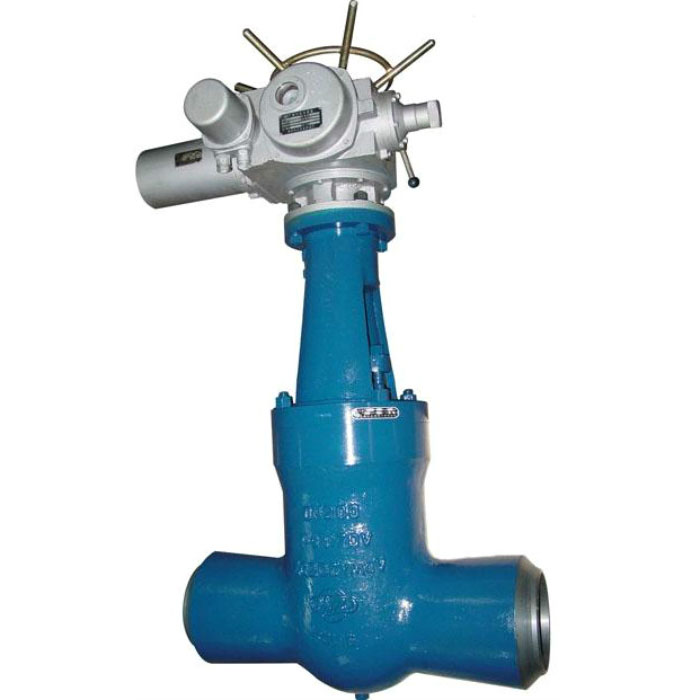How to prevent electric overload of electric actuator?

Electric actuators have special requirements, that is, they must be able to limit torque or axial force. Electric actuators usually use couplings that limit torque. When the size of the electric device is determined, its control torque is also determined. The motor is generally operated within a predetermined time, and the motor will not be overloaded.
However, the following conditions may cause overload:
(1)the power supply voltage is low and the required torque is not obtained to stop the motor;
(2)the torque limit mechanism is incorrectly adjusted to make it larger than the stopped torque. It causes continuous excessively large torque to stop the motor.
(3)intermittent use generates the heat, which exceeds the allowable temperature rise of the motor.
(4)the circuit of the torque limiting mechanism fails for some reason, causing the torque to be excessive. Large;
(5)the ambient temperature is too high, which relatively reduces the motor's thermal capacity.
In the past, the methods to protect the motor were to use fuses, overcurrent relays, thermal relays, thermostats, etc., but these methods have advantages and disadvantages. There is no absolutely reliable protection method for load-changing equipment such as electric devices. Therefore, various combinations must be adopted. There are two types of induction: one is to judge the increase or decrease of the motor input current; the other is to judge the heating of the motor itself. In these two methods, regardless of the type, the time margin given by the motor thermal capacity must be considered.
Generally, the basic protection method for overload is to use a thermostat for overload protection of the motor during continuous operation or jog operation; to protect the motor from stalling, use a thermal relay; for short-circuit accidents, use a fuse or an overcurrent relay.